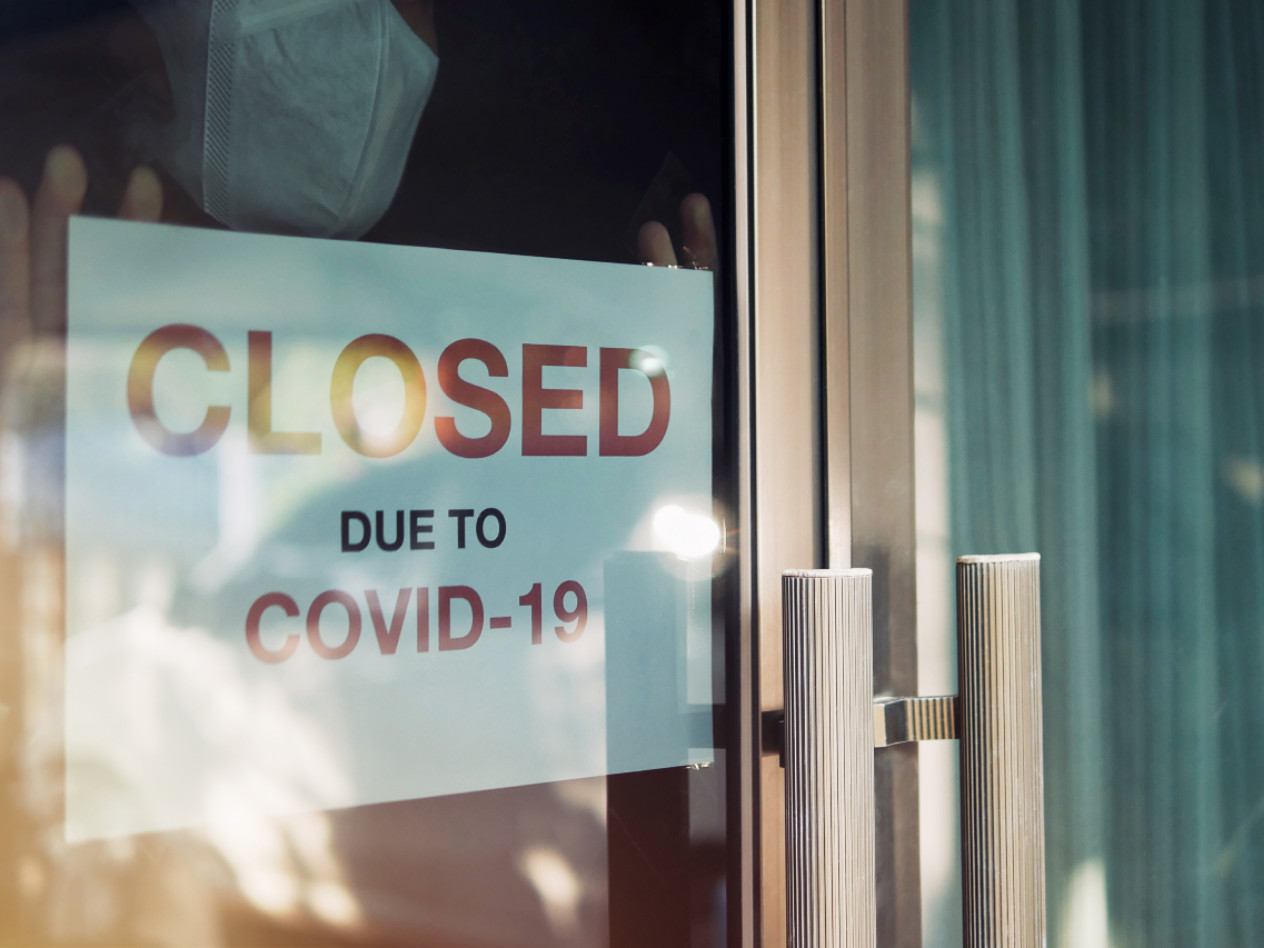We need an urgent rethink of small business bankruptcy
- May 8, 2020
- By Guest Author
- 3 minute read

In a well-functioning economy, the bankruptcy process should be able to sort out why a particular company failed. Was the company structurally unable to compete? Did executives make poor choices (like taking on too much debt)? Or were circumstances simply unlucky?

But when large swaths of the economy default concurrently, banks shouldn’t hold individual businesses responsible for the disruption. Though the Coronavirus Aid, Relief, and Economic Security (CARES) Act and subsequent bills provide some small business relief, they largely leave the existing bankruptcy process in place.
Unfortunately, that process will take years to sort through the chaos. Unless we take additional action, when the crisis ends small businesses that were perfectly viable will face challenges in accessing the cash they need to start up again.
Cataclysmic events
In contract law, “force majeure” clauses are intended to protect both parties from cataclysmic events beyond their control. But force majeure—in short, an extraordinary, unforeseen event—won’t absolve most current borrowers from default. Few small business loans have such clauses, and, even if they do, courts will have to decide whether the pandemic counts as such an event. This, in turn, will require a lot of one-off decisions from lenders, further clogging the system.
Here’s the bottom line: We are not ready for the economy to come out from under a large number of defaults once the coronavirus is contained sufficiently.
We can’t rely on existing contractual clauses to remedy the situation. In an ideal setting, a bank will take into account the business’ situation before the COVID-19 crisis and evaluate it on the pre-crisis fundamentals.
This will work best when the lenders have a more intimate knowledge of the borrower and their history. That’s more likely to occur when the bank is a local entity. However, the banking industry has been closing branches over the past 10 years, and closures appear likely to continue amid this downturn.
The correct action requires coordination: All lenders need to act in a similar fashion at the same time so no one bank feels like it’s the only one taking a risk by doing something different.
Banks’ unwillingness to take risks on their own shouldn’t be surprising; we’ve seen this in the recent past. Since the Great Recession, banks have been holding excess reserves (cash in their vaults that they are allowed to lend out, but don’t) between $685 billion and $2.7 trillion since mid-2009. As comparison, the number averaged $1 billion between 1985 and 2008. Also during the Great Recession, banks tightened standards for small-businesses loans and have not relaxed them significantly since that crisis officially ended.
What can be done?
If we can’t rely on banks to self-start the lending cycle, what can be done? There are a couple of ways the federal government can improve liquidity for small businesses by putting all banks on the same footing with regard to the underlying insolvency risk.
- The simplest correction would to be for the government to underwrite the continued financing of small businesses until the crisis has passed. Ensure these businesses have access to funding they need to pay off all of their bills and remain viable. The CARES Act (and second round of Paycheck Protection Program funding) was a good first step, but Congress will need to continue funding small businesses until the crisis ends.
- If it doesn’t, then Congress should enact legislation that would count any bankruptcy/default from March 2020 until the end of the crisis as a nondefault event. Sure, some risky borrowers would have defaulted anyway without the coronavirus shutdown, but many of the other conditions (like cash flow, tenure of business) will still be used to underwrite future loans, as will bankruptcies/defaults before March 2020.
- Create new investment protection vehicles for banks/lenders to incentivize certain types of loans (modeled on the FDIC insurance—i.e., only for loans up to a certain amount, only for certain types of loans—and the mortgage loan backup created after the Great Recession). This would be similar to the current CARES SBA loans and allow for smaller minimums than the Fed’s Main Street Lending Program (currently $500,000).
Small businesses are hurting. If the current economic crisis doesn’t end in the next few weeks, they face an existential crisis that will be hard to endure—and find it hard to rebuild once the economy starts to rebound.
John Horn, professor of practice in economics, wrote this article with contributions from Taylor Begley, assistant professor of finance.
Media inquiries
For assistance with media inquiries and to find faculty experts, please contact Washington University Marketing & Communications.
Monday–Friday, 8:30 to 5 p.m.
Sara Savat
Senior News Director, Business and Social Sciences
